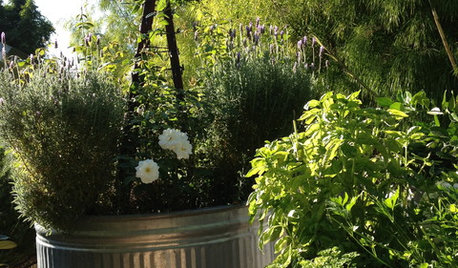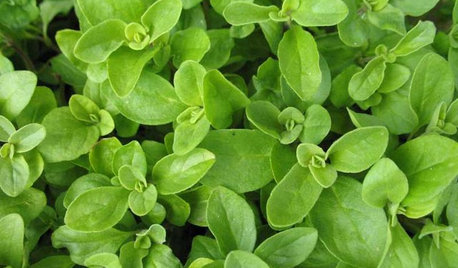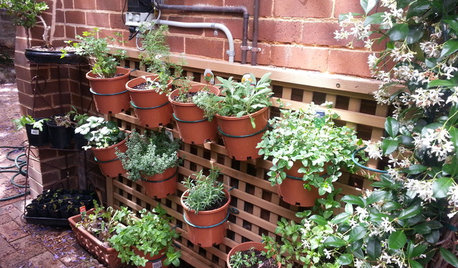Ground vs Pot Growing
landperson
13 years ago
Featured Answer
Sort by:Oldest
Comments (21)
rosefolly
13 years agolast modified: 9 years agoingrid_vc so. CA zone 9
13 years agolast modified: 9 years agoRelated Professionals
Cary Landscape Architects & Landscape Designers · Garden City Landscape Architects & Landscape Designers · Alpharetta Landscape Contractors · Dedham Landscape Contractors · Mastic Beach Landscape Contractors · Saint George Landscape Contractors · West Coon Rapids Landscape Contractors · Reisterstown Landscape Contractors · Crowley Landscape Contractors · Los Alamitos Swimming Pool Builders · Tucson Swimming Pool Builders · Baltimore Siding & Exteriors · Fort Worth Siding & Exteriors · Paterson Siding & Exteriors · Rockford Siding & Exteriorslandperson
13 years agolast modified: 9 years agoonederw
13 years agolast modified: 9 years agolandperson
13 years agolast modified: 9 years agowanttogarden
13 years agolast modified: 9 years agolandperson
13 years agolast modified: 9 years agomendocino_rose
13 years agolast modified: 9 years agoorganicgardendreams
13 years agolast modified: 9 years agocatspa_NoCA_Z9_Sunset14
13 years agolast modified: 9 years agohoovb zone 9 sunset 23
13 years agolast modified: 9 years agocatspa_NoCA_Z9_Sunset14
13 years agolast modified: 9 years agoonederw
13 years agolast modified: 9 years agoaimeekitty
13 years agolast modified: 9 years agojerijen
13 years agolast modified: 9 years agolandperson
13 years agolast modified: 9 years agocatspa_NoCA_Z9_Sunset14
13 years agolast modified: 9 years agoroseblush1
13 years agolast modified: 9 years agocatspa_NoCA_Z9_Sunset14
13 years agolast modified: 9 years agoroseblush1
13 years agolast modified: 9 years ago
Related Stories

SPRING GARDENINGHow to Grow a Rose Garden in Pots
Everything can come up roses, even without a plot of soil in sight. This step-by-step guide to growing roses in containers shows you how
Full Story
FARM YOUR YARD10 Easy Edibles to Grow in Containers
These herbs, vegetables and fruits are just as happy in a pot as they are in the ground
Full Story
EDIBLE GARDENSGrow Herbs for Fresh Flavor and Good Looks in the Garden
With sun and a patch of ground, you can have all the fresh flavor you need for cooking right outside your door. Here's how to get started
Full Story
GARDENING GUIDESHerb Garden Essentials: Grow Your Own Delicious Mint
Pull out a pot for this one. Mint's spreading habit and hard-to-kill nature can be a blessing — if you're properly prepared
Full Story
EDIBLE GARDENSHerb Garden Essentials: Grow Your Own Oregano and Marjoram
Say 'buon giorno' to classic Italian herbs you can grow just as easily in pots as in the summer garden
Full Story
FARM YOUR YARD14 Crazy Places to Grow Edibles
Some Houzzers may lack ground for gardening, but they’re never short on imagination
Full Story
FARM YOUR YARDHow to Grow Vegetables in Containers
Get glorious vegetables and fruits on your patio with a pro’s guidance — including his personal recipe for potting mix
Full Story
FALL GARDENING5 Fall Fruits You Can Grow in Containers
Brighten your porch or patio with a potted pomegranate, kumquat, blueberry bush or another great fall fruit
Full Story
SUMMER GARDENINGHow to Grow Basil
Bright color, quick growth and endless uses for cooking make this summer annual a winner in the garden or a pot
Full Story
GROUND COVERSGround Force: 10 Top Ground Covers for Your Garden
Protect your soil from weeds and drought this summer with a living mulch of ground covers
Full StoryMore Discussions









roseblush1